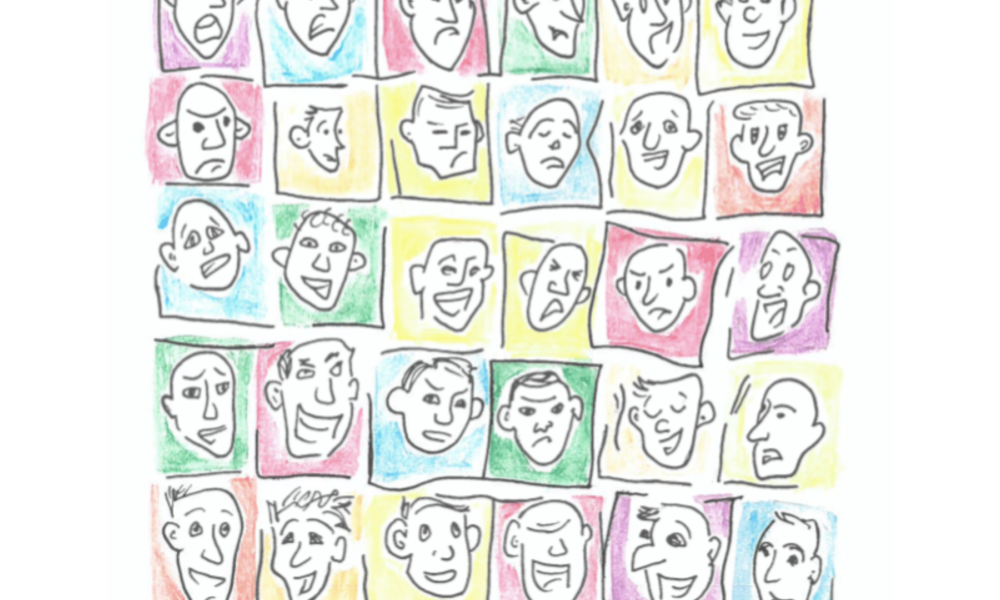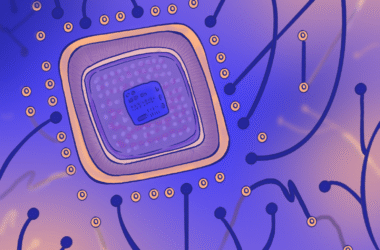Can you always accurately tell how your friends are feeling? What about the stranger across from you on the metro? Can you differentiate between someone smiling out of happiness, excitement, or contentment?
If you think “yes,” recent research may come as a surprise.
Alexandrija Zikic, a graduate psychology student working in McGill’s Child and Adolescent Social Competence Lab (CASC Lab), recently published a paper in Personality and Individual Differences. This paper explores the relationship between measured empathic accuracy—one’s ability to accurately interpret the thoughts and feelings of those around them—and self–reported levels of cognitive empathy, which is defined as the ability to recognize and understand someone else’s emotions.
“Both of these things should theoretically measure the same thing, [but] they don’t always— they’re not always associated with each other,” Zikic said in an interview with //The Tribune//.
Zikic’s team investigated this discrepancy, attempting to understand the relationship between empathic accuracy and cognitive empathy. First, the team had participants complete a survey to self-report their levels of cognitive empathy.
They answered explicit questions like, ‘I can often understand how people are feeling even before they tell me,’ [and other] things like that,” Zikic explained.
Then, the researchers measured empathic accuracy using two different methods: Once through an interaction with a friend they brought to the lab, and a second time by watching six short films of adult strangers speaking about an emotional experience.
Surprisingly, the results of the cognitive empathy and empathic accuracy tests—which one might expect to align perfectly—had no association.
“My ability to read the emotions of one adult often has nothing to do with my ability to read another adult. It also has nothing to do with my ability to read my friend,” Zikic said.
These findings indicate that the ability to read others’ emotions depends not only on empathic ability but also on how much others are expressing themselves and how accurately these expressions reflect their feelings.
The study also questioned if and how levels of empathic accuracy change between speaking with a friend versus a stranger. One might expect higher levels of empathic accuracy when participants were speaking to friends rather than when watching a video of a stranger. However, this was not the case.
“[Participants] did better with the six adults every single time,” Zikic said.
This may be partly because the researchers presented the videos of the strangers in a uniform, controlled environment, and the strangers were prompted to display their emotions prior to being filmed.
“[The strangers in the videos] have to do this whole visualization procedure beforehand to really get themselves in the zone to re-feel those emotions and communicate them,” Zikic described.
The interactions they had with friends were much more natural and spontaneous, providing a better representation of everyday life.
“[When talking to a friend] you’re not just paying attention to how the person’s feeling. You have to think of responses in your head. You’re thinking, ‘Am I being supportive? What should I say next?’ There’s a lot more things going on that you have to think about,” Zikic explained.
The study’s findings also showed that gender significantly predicted empathic accuracy, with women being measured to have higher levels of empathic accuracy than men. However, the study found that men report their levels of empathic accuracy more accurately than women, who tend to overestimate their ability. Combined, these findings highlight the social pressure women feel to be empathetic.
Zikic’s work shows that being able to accurately express yourself and communicate your feelings is critical to being understood. So, don’t assume you and your friends know how each other feel; talk about your emotions and clarify what has been lost in translation.
“We can’t necessarily assume people are reading our minds,” Zikic said.









